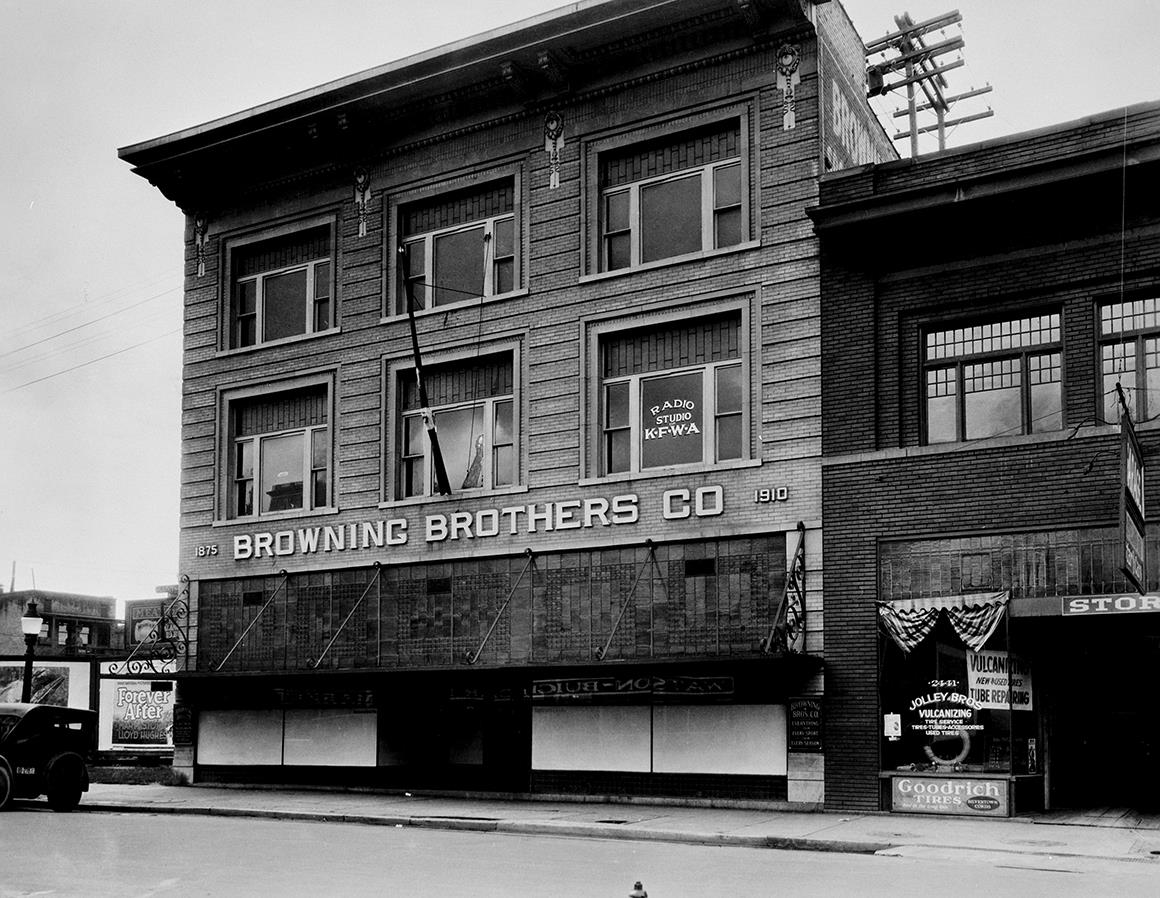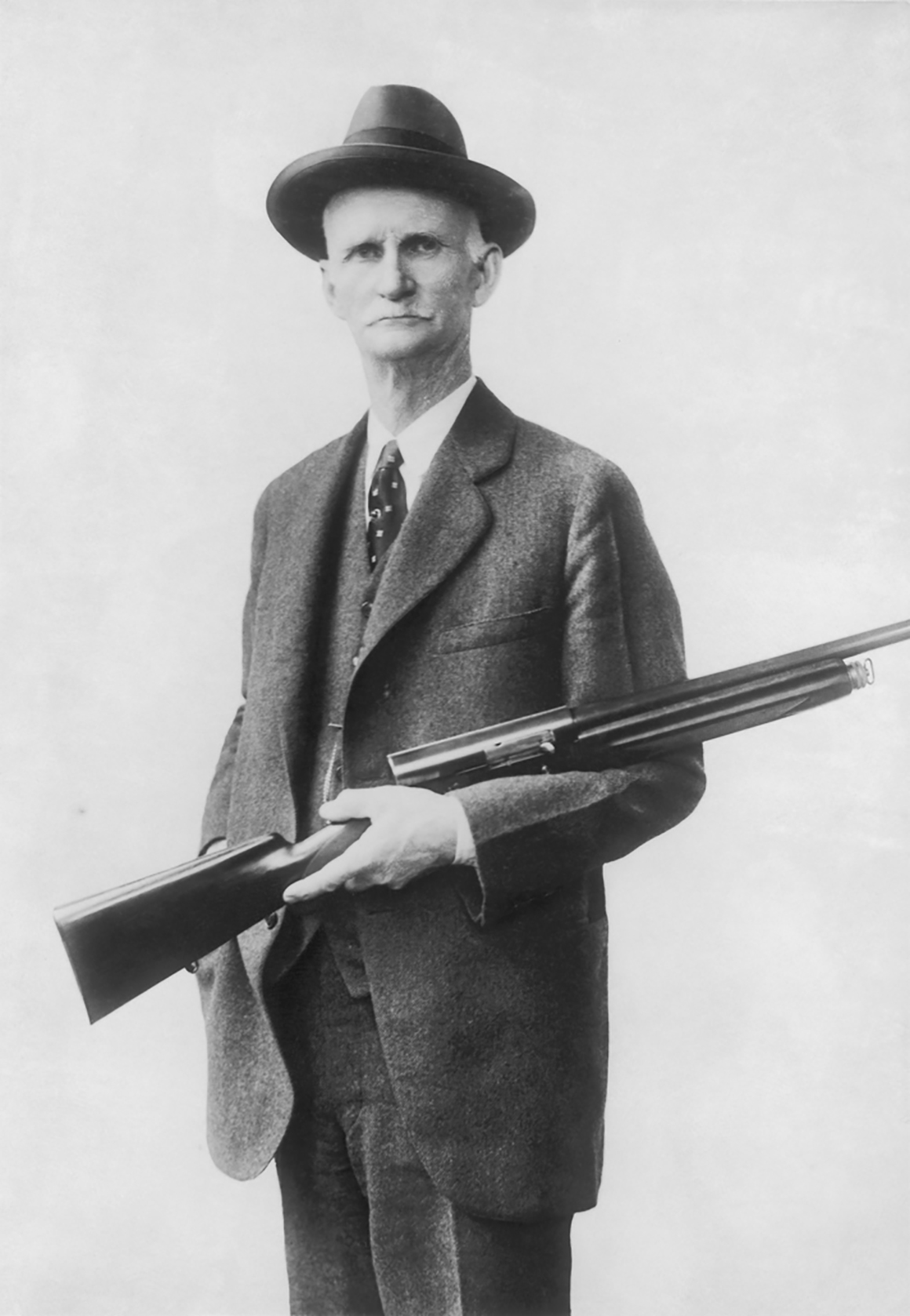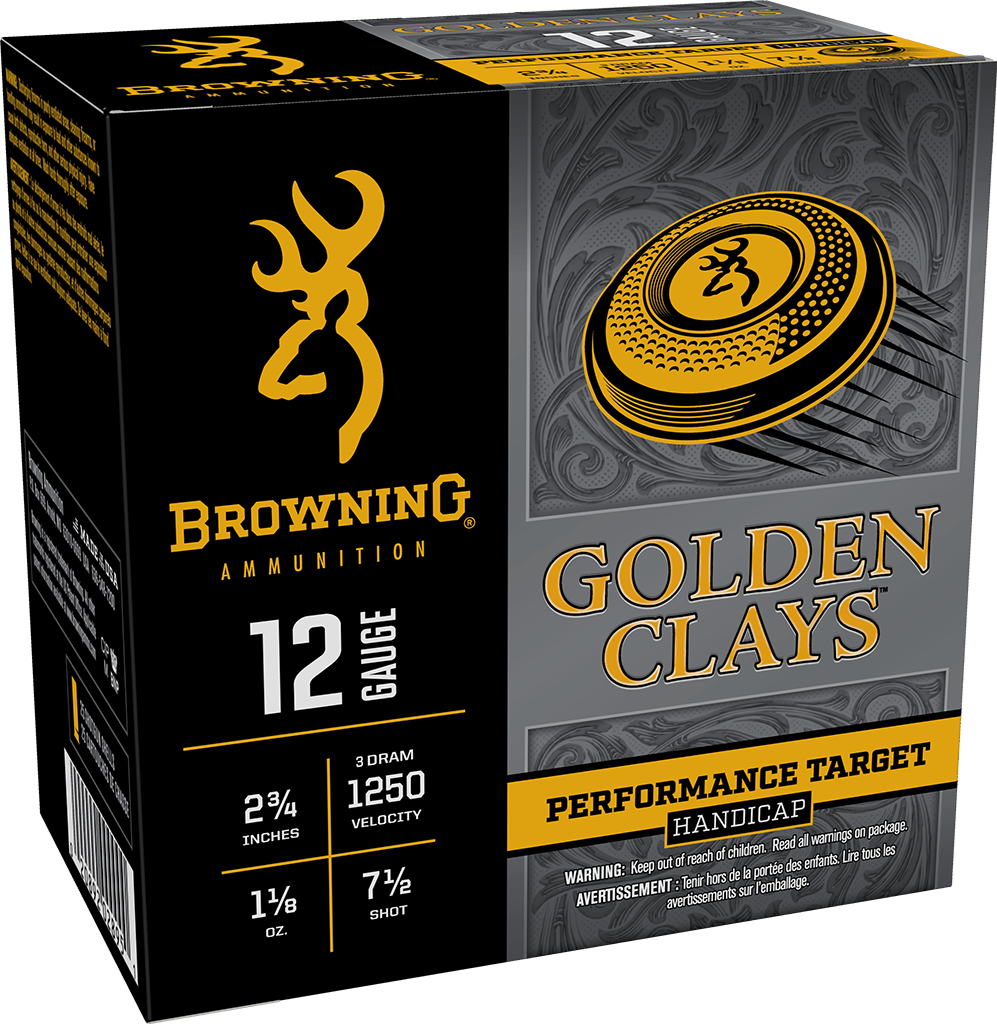Ten’ll Get You Twenty
Enthusiasms for different shotgun gauges are as evolutionary as enthusiasms for different vehicles, different electronics, different pizza toppings (when’s the last time you ordered pineapple on your family-size takeout?). Take gauges for wild turkey.
A few words, first, about gauge. The concept of “gauge” began not with shotguns but with the ironworking and wire-drawing crafts. Drawing metal into wire goes back probably to pre-history, but the word “gauge” did not appear until around 800 years ago. The French spoke of jaugewhich means a “result of measurement.” With wire, gauge was not a specific measurement but a comparative standard that often varied from manufacturer to manufacturer. It was not until the start of the 14th century that the first efforts at standardization were attempted, in England, by King Edward I, directed toward wine and grains. One almost universal feature of gauges, though, is that the product they are referring to grows thinner and/or smaller as the number increases.

Blackpowder cannonry measured cannonballs in pounds (the balls cast iron). So, cannons might be four-pounders or 24-pounders, and to complicate matters further, the largest cannons were designated by barrel diameter, or “bore,” in inches–e.g., a 10 inch or a 15 inch. Bore became the designation for smoothbore-barrel diameters and still is in Britain. In the U.S. “gauge” was used, but the meaning was identical: The number represented how many balls of pure lead of that diameter weighed one pound, such as the 12-gauge of which 12 balls equal a pound. (Obsolete gauges include A½, 0.25, B, and even more bewilderments; if you have always wondered why the .410 is an inch measurement, if it were a gauge it would be a 67.62 (“Sweet little 67.62 you got there, Joe”). But I digress.

In the latter part of the 19th century the all-around shotgun was the 10-gauge; but already the 12-gauge was creeping up on it (the first reloadable 12-gauge shell was said to have been patented in 1866 by Thomas L. Sturtevant for a four-shot revolving-magazine shotgun). With the ascendency of the 12-gauge, urged on by many repeating guns developed by John Moses Browning, the 10-gauge, almost if not exclusively a break action, slipped into a niche as a waterfowl and turkey gun.
With the passage of various migratory-bird acts and treaties, 8 gauges and above were prohibited for hunting, giving the 10 gauge the distinction of being the biggest legal shotgun virtually any hunter could carry (8s, I believe, are still legal for hunting in the United Kingdom, but so are punt guns–if no larger than a gauge between 0.75 and 1, 1.75 inches!). With revived interest in the 10, John Olin came up with a 3½-inch cartridge, the previous commercial-cartridge length 2⅞. A later burst of interest in the 10 came with the requirement for non-toxic shot for waterfowl. Loaded with steel, the 3½ 10 gauge certainly outperformed the 3-inch 12-gauge magnum of the day on tall birds. The introduction of the 3½-inch 12, though, dampened the enthusiasm for the ten, though it still remains a favorite of many waterfowl hunters, especially goose hunters. And turkey hunters.

With 3- and 3½-inch turkey loads such as Browning TSS Tungsten Turkey, the 12 gauge has proven itself an easier carrying, holding, aiming, and recoiling alternative to the 10, and every bit as effective. As shot-shell technology has advanced, a logical step further up, or down, depending on your perspective, is the 20-gauge for turkey.
Turkey hunters argue back and forth about the 20 versus the 12 for gobblers. But with the right choke, such as the Extended Invector-DS™ in full, and the 3-inch 20-gauge turkey load in No. 5s, a hit placed in a lethal head-neck area on a bird, within the effective range you have determined by patterning your gun, is going to give you a turkey that drops as fast as it would with any larger gauge. Pick one of Browning’s numerous 20-gauge guns, some that can weigh under six pounds, and you can think about how many more ridges you might be able to run in a hunting day, cutting and yelping and listening for gobbles. To bring it full circle, back when the 10-gauge was the all-around shotgun, and long after, the 2⅞-inch cartridge was what turkey hunters shot before the 3½-inch came onto the scene. And the load in those cartridges? It was typically 1¼ ounces, exactly the same as in Browning’s 20-gauge turkey loads today, at a velocity that was probably no different. (With a .615-inch bore, the 20 gauge is already tighter choked than the 10 at .775.) Meaning that an 1¼ is an 1¼ is an 1¼, no matter the number of the gauge.
Follow Browning Ammunition’s social media channels for more hunting and shooting tips and updates on Browning Ammunition supported events and promotions on Facebook, You Tube, Instagram and Twitter.



